Winter in Winnipeg brings its fair share of snow, and removing it safely is crucial for homeowners and businesses alike. Safe snow removal techniques are essential to prevent injuries and ensure efficient clearing of driveways, sidewalks, and roofs. This guide will provide you with practical, Winnipeg-specific advice on how to tackle snow removal safely and effectively.
Key takeaways:
- Warm up before shoveling to prevent muscle strain
- Use proper lifting techniques to protect your back
- Clear snow in stages during heavy snowfall
- Invest in ergonomic tools for easier snow removal
- Stay hydrated and take frequent breaks
- Consider professional help for roof snow removal
- Be aware of local bylaws regarding snow clearing responsibilities
The importance of safe snow removal in Winnipeg
Winnipeg’s winters are known for their heavy snowfall, making snow removal a regular task for residents. Safe snow removal is not just about clearing paths; it’s about protecting yourself and others from potential hazards. Improper techniques can lead to injuries, property damage, and even legal issues. By adopting safe practices, you can maintain your property, comply with local regulations, and keep yourself and your neighbors safe throughout the winter season.
Preparing for snow removal
Before you start clearing snow, it’s essential to prepare properly. This includes checking the weather forecast, gathering the right tools, and dressing appropriately for the conditions.
Checking the weather forecast
Winnipeg’s weather can be unpredictable, so it’s wise to check the forecast before planning your snow removal activities. This will help you decide whether to clear snow immediately or wait for a break in the weather. Local sources like Environment Canada or the Weather Network provide accurate Winnipeg-specific forecasts.
Gathering the right tools
Having the proper tools can make snow removal safer and more efficient. Some essential items include:
- A sturdy snow shovel with an ergonomic handle
- An ice scraper or chopper
- Sand or salt for traction
- A snow blower for larger areas (if budget allows)
Dressing for the task
Winnipeg winters can be brutally cold, so dressing appropriately is crucial. Wear layers of warm, water-resistant clothing, insulated boots with good traction, warm gloves, and a hat. Don’t forget to protect your eyes from glare with sunglasses or goggles.
Safe shoveling techniques
Shoveling snow is a common method of snow removal in Winnipeg, but it can be physically demanding. Using proper techniques can help prevent injuries and make the task more manageable.
Warming up
Before you start shoveling, take a few minutes to warm up your muscles. Simple stretches for your back, arms, and legs can help prevent strain and injury.
Proper lifting technique
When lifting snow, bend your knees and lift with your legs, not your back. Keep the shovel close to your body and avoid twisting motions. Push the snow when possible instead of lifting it.
Pacing yourself
Don’t try to clear all the snow at once, especially during heavy snowfalls. Work in stages, taking breaks as needed. This approach is particularly important for Winnipeg’s often deep snow accumulations.
Using snow blowers safely
Snow blowers can be a great time-saver for clearing large areas, but they require careful operation to avoid accidents.
Familiarizing yourself with the machine
Before using a snow blower, read the manual thoroughly. Understand all the controls and safety features. Many Winnipeg hardware stores offer demonstrations on safe snow blower use.
Clearing obstructions safely
If the snow blower becomes clogged, turn it off and wait for all moving parts to stop before clearing the obstruction. Use a clearing tool or stick, never your hands, even if you’re wearing gloves.
Maintaining safe distances
Keep children and pets away from the area while operating a snow blower. Be aware of your surroundings and avoid directing the snow discharge towards people, vehicles, or buildings.
Roof snow removal
Roof snow removal is a critical task in Winnipeg due to the potential for roof collapse under heavy snow loads. However, it can be dangerous and is often best left to professionals.
Signs you need roof snow removal
Watch for these signs that indicate your roof may need snow removal:
- Sagging ceiling tiles or drywall
- Cracking or popping sounds from the roof or attic
- Doors or windows that suddenly become difficult to open or close
- Visible bowing of roof supports in the attic
Professional vs. DIY roof snow removal
While it might be tempting to clear your own roof, it’s generally safer to hire professionals. They have the proper equipment and experience to remove snow without damaging your roof or risking personal injury. Many Winnipeg roofing companies offer this service during winter months.
Ice management techniques
Ice can be one of the most dangerous aspects of winter in Winnipeg. Proper ice management is crucial for preventing slips and falls.
Choosing the right de-icing products
There are various de-icing products available, each with its own pros and cons. Rock salt is common but can damage concrete and plants. Sand provides traction but doesn’t melt ice. Consider environmentally friendly options that are effective in Winnipeg’s extreme cold temperatures.
Applying de-icers correctly
Apply de-icers before snow falls to prevent ice from bonding to surfaces. If applying after snow removal, use only the recommended amount – more isn’t always better and can be harmful to the environment.
Creating traction on icy surfaces
For immediate traction on icy surfaces, use sand, kitty litter, or specialized ice melt products. These can provide temporary grip while you work on removing the ice.
Snow removal equipment maintenance
Proper maintenance of your snow removal equipment ensures it’s ready when you need it and helps prevent accidents due to equipment failure.
Off-season storage tips
When storing snow removal equipment for the off-season:
- Clean and dry all equipment thoroughly
- Apply a light coat of oil to metal parts to prevent rust
- Store in a dry, covered area
- For gas-powered equipment, empty the fuel tank or use a fuel stabilizer
Pre-season equipment checks
Before the first snowfall:
- Check all equipment for damage or wear
- Sharpen shovel edges and snow blower blades
- Test snow blowers and perform any necessary maintenance
- Stock up on fuel, oil, and other necessary supplies
Physical health considerations
Snow removal can be physically demanding, especially in Winnipeg’s harsh winter conditions. It’s important to consider your health and fitness level before tackling snow removal tasks.
Recognizing your limits
Be honest about your physical capabilities. If you have health concerns or are not used to strenuous activity, consider hiring help for snow removal. Many Winnipeg community organizations offer snow clearing services for seniors and those with limited mobility.
Staying hydrated
Even in cold weather, it’s important to stay hydrated when engaging in physical activity. Drink water before, during, and after snow removal to prevent dehydration.
Knowing when to seek medical help
Be aware of the signs of overexertion or cardiac distress, such as chest pain, shortness of breath, or dizziness. If you experience these symptoms, stop immediately and seek medical attention.
Legal responsibilities and local bylaws
Winnipeg has specific bylaws regarding snow and ice removal. Understanding these can help you avoid fines and ensure you’re meeting your responsibilities as a property owner.
Sidewalk clearing requirements
In Winnipeg, property owners are required to clear snow and ice from public sidewalks adjacent to their property within 24 hours of a snowfall. Failure to do so can result in fines.
Snow storage regulations
There are restrictions on where you can place cleared snow. It’s illegal to push snow onto roadways or block fire hydrants. Be mindful of your neighbors and public spaces when deciding where to pile snow.
Reporting unsafe conditions
If you notice unsafe snow or ice conditions on public property, you can report them to the City of Winnipeg’s 311 service. This helps keep the community safe for everyone.
Community-based snow removal initiatives
Winnipeg has a strong sense of community, and this extends to snow removal efforts. There are various programs and initiatives aimed at helping those who may struggle with snow clearing.
Volunteer snow removal programs
Several organizations in Winnipeg coordinate volunteer snow removal services for seniors and people with disabilities. These programs are always looking for volunteers, especially during heavy snowfall periods.
Neighborhood snow removal cooperatives
Some Winnipeg neighborhoods have formed snow removal cooperatives, where residents share equipment and labor to clear snow from their streets and sidewalks. This can be a cost-effective and community-building approach to snow management.
Environmental considerations in snow removal
While snow removal is necessary, it’s important to consider its environmental impact, particularly in a city like Winnipeg that values its natural resources.
Eco-friendly de-icing alternatives
Consider using environmentally friendly de-icing products that are less harmful to plants and waterways. Some options include beet juice-based de-icers or products made from calcium magnesium acetate.
Reducing salt usage
Excessive salt use can harm plants and contaminate waterways. Use only the necessary amount of salt, and consider alternatives like sand or kitty litter for traction on less-traveled areas.
Proper disposal of snow
When possible, pile snow in areas where it can slowly melt and be absorbed into the ground, rather than areas where it will run off directly into storm drains.
Adapting snow removal techniques for different property types
Different types of properties in Winnipeg may require different snow removal approaches. Here’s how to adapt your techniques:
Residential properties
For typical Winnipeg homes, focus on clearing driveways, walkways, and steps. Pay special attention to areas around gas meters and furnace vents to ensure proper ventilation.
Commercial properties
Commercial properties often require more extensive snow removal. Consider hiring professional services to ensure parking lots and entrances are clear and safe for customers and employees.
Multi-unit dwellings
Apartment buildings and condos may have shared responsibilities for snow removal. Check with your property management or condo board to understand your specific obligations.
Technological aids for snow removal
Technology can help make snow removal safer and more efficient. Here are some innovations that Winnipeg residents might find useful:
Snow removal apps
There are apps available that can help you track snowfall, schedule removal services, or even connect with local snow removal contractors.
Heated driveway systems
While a significant investment, heated driveway systems can automatically melt snow, reducing the need for manual removal. These can be particularly useful for steep driveways or areas prone to ice buildup.
Smart weather stations
Personal weather stations can provide hyperlocal weather data, helping you better prepare for snowfall and plan your snow removal activities.
Conclusion
Safe snow removal is an essential skill for Winnipeg residents. By following these techniques and considerations, you can keep your property clear and safe throughout the winter while protecting your health and the environment. Remember, when in doubt about your ability to safely remove snow, especially from roofs or large areas, it’s always best to seek professional help. Stay safe and warm, Winnipeg!

